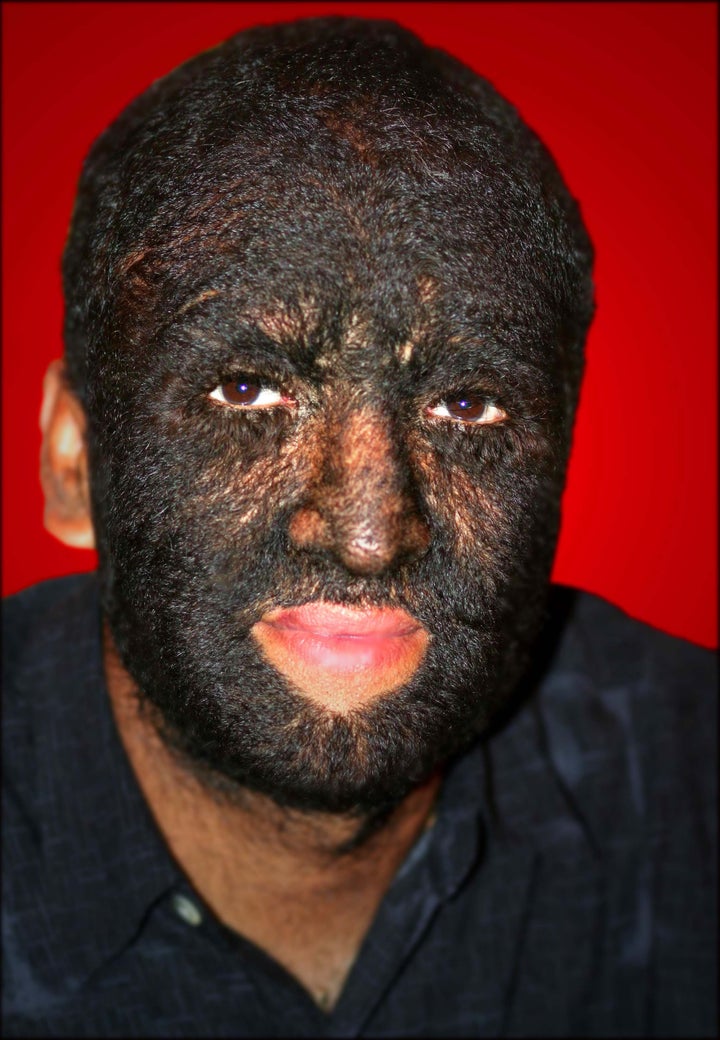
Scientists have discovered a secret to the condition known as “werewolf syndrome” that could have a hair-raising effect on people who literally have to comb their face.
According to a new findings in the the American Journal of Human Genetics, scientists have pinpointed the cause of hypertrichosis, a condition that causes people to sprout thick hair on their faces and bodies.
Hypertrichosis affects less than 100 people worldwide, including Larry Gomez, a trapeze artist and acrobat known around the world as "The Wolf Boy" thanks to his work in films like “Water For Elephants.”
"I'm very happy about this,” he told AOL Weird News. “For sure I'm not the only one who will have this condition. So I'm thinking for the future, for the others who will have this condition. If they are not happy with it, they can change it."
According to the new research, hypertrichosis is caused by an extra chunk of genes on a section of the X chromosome that affects hair growth, Fox News reports.
Researchers have long known the disorder runs in families, and in 1995 they traced the approximate location of the mutation to a section of the X chromosome, one of the two sex chromosomes, in a Mexican family affected by hypertrichosis.
But only recently did the researchers hit the bull-seye when they analyzed a man in China with congenital hypertrichosis.
Xue Zhang, a professor of medical genetics at the Peking Union Medical College, tested the man and his family and found an extra chunk of genes on the X chromosome.
Researchers then returned to the Mexican family and also found an extra gene chunk (which was different from that of the Chinese man) in the same location of their X chromosomes.
Doctors believe the extra DNA may switch on a hair-growth gene nearby, resulting in the excess hair growth. The best bet for a culprit, wrote study researcher Pragna Patel of the University of Southern California, is a gene called SOX3, which is known to play a role in hair growth.
Now that researchers know more about the cause, it’s possible that a cure may one day be found.
And while Gomez has earned fame, a steady income and honors, such as being declared the world’s hairiest man by Guinness World Records, he admits that if he had the option of removing the excess hair, he’d take it.
“If I could do surgery, I’d have it done, mainly to show the other people with the same condition that this cure is working,” he said.
If that happened, shows like the Venice Beach Freakshow, where Gomez works on occasion, could see some big changes. But owner Todd Ray says he doesn’t mind if his friend decides to remove the extra hair.
“Unique things in the world won’t go away,” Ray said. “[Larry’s] my friend and what makes him happy makes me happy.”
More Anatomical Wonders:

